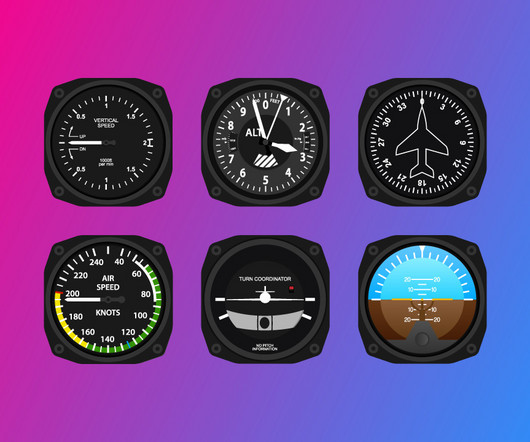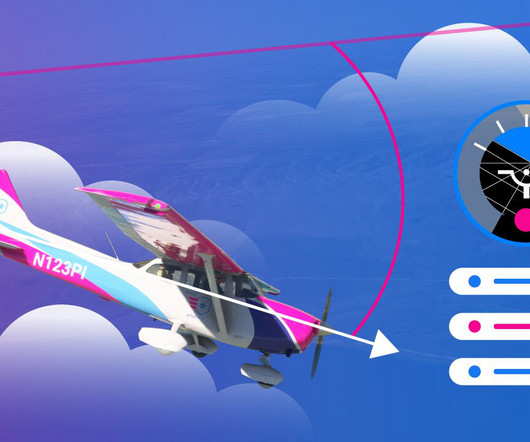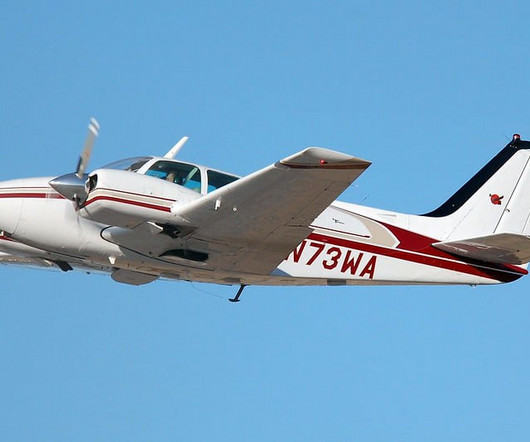The Six Pack: Basic Flight Instruments
Pilot Institute
JANUARY 27, 2025
The six primary instruments (the six-pack) are the Attitude Indicator (AI), Heading Indicator (HI), Turn Coordinator, Airspeed Indicator, Altimeter, and the Vertical Speed Indicator (VSI). For example, when the ball is displaced to the left, this informs the pilot that left rudder input is required. vertical speed), and airspeed.
















Let's personalize your content